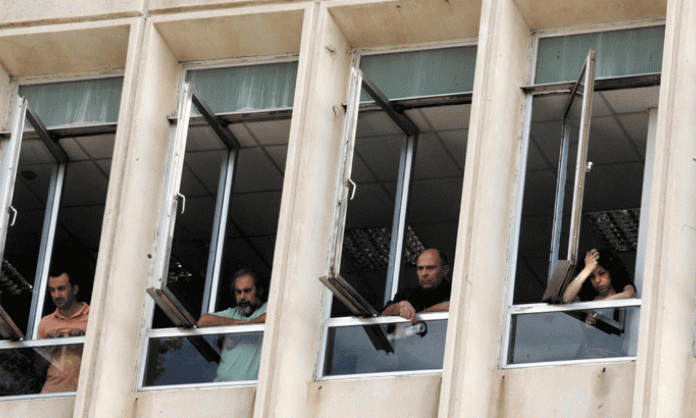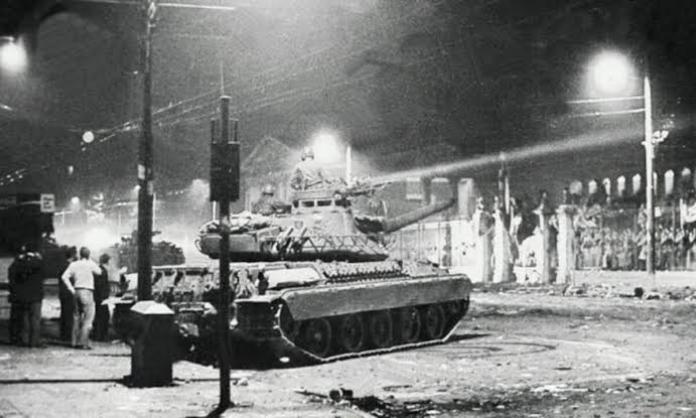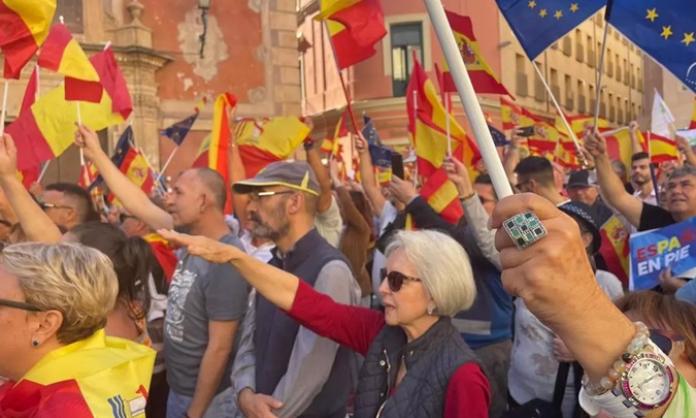On 11 June, Greek Prime Minister Antonis Samaras shut down the state broadcasting network, the ERT (the equivalent of Australia’s ABC). The ministerial decree, which left more than 2600 people without work, was an attempt by Samaras to assert his authority over the country and trample democratic rights.
But the PM overplayed his hand, unleashing a wave of protests that has shaken the governing parties New Democracy and PASOK. A smaller partner, the Democratic Left, has since withdrawn from the ruling coalition over the closure, leaving the government in a weak position.
The broadcaster was occupied and put under workers’ control; thousands rallied to defend the building. Instead of airing the opinions of the government and the corporate elite, ERT began broadcasting the voices of the radical left, of ordinary workers and others of the hundreds of thousands who came out to support the workers’ struggle.
ERT has become a flashpoint for a country that has suffered economic collapse, and a people who have endured years of vicious austerity at the hands of governments ruling for the rich.
Red Flag’s Darren Roso spoke with Greek activist Maria Panagiotidou, member of the group Internationalist Workers’ Left about the significance of the occupation.
Why did Samaras decide to shut down the ERT?
The government was looking for a great number of lay-offs to take place in June. Samaras thought that he could get away with the ERT shutdown easily, displaying his power, just like Erdoğan in Turkey. Fortunately, he was mistaken! Samaras’s government revealed its true far right face. These days people compare the government with the junta of the ’70s. That was another time when the ERT programming was stopped. [Greece was ruled by the military from 1967 to 1974.]
What has the response been to the proposed shutdown?
ERT workers occupied the building immediately and called for support. People from all over Athens started gathering at the ERT building, closing the streets and chanting slogans against the government. During the same night, a permanent strike was declared by the media unions and a 24-hour general strike was scheduled. The two key demands are the immediate reopening of ERT and for the government to quit. The feeling of the violation of democracy was widespread. The occupation published a newspaper called Independent View. Thousands of copies were printed and distributed all around the country.
ERT has now been transformed into a centre of the struggle of the workers, the unemployed and the youth. It is a place where unions meet to join voices with the ERT workers as well as to put their own demands [on the government]. ERT does not transmit the government propaganda any more, but the voice of the struggle. There are concerts and assemblies all day and night long at the building. You can see flags from the whole spectrum of the left, waving side by side, proving that unity in action can fill people with confidence that we can win. The most dominant slogans have been: “No gear turns without you, worker; you can make it without bosses! The time of the overthrow has come; O people, don’t be scared!”
How has the left responded?
From the very start the whole left was in the front line of the fight, supporting ERT workers’ struggle. SYRIZA, the largest left coalition, has a conference coming up. We should recall that SYRIZA gained its great election results [just under 27 percent of the vote in the second general election in 2012] on a radical program for the overthrow of the memoranda [agreements with the IMF, the European Central Bank and the European Commission, which provide for massive austerity in exchange for government loans] and embracing the workers’ struggles. We hope that a second radicalisation will impact and be represented at the conference.
How has the ruling class responded to the crisis?
Fear has definitely changed sides [from us to the ruling class]. Because of the great resistance that has developed, the government didn’t crack down on the protests and occupation. The only thing they could do was to wait for the State Council’s decision, the Supreme Constitutional Court, which, more or less, stood on the government’s side.
The solidarity movement developed and has learned the way to resist. People involved now know that, fighting all together, we have the power to overthrow the policies of the memoranda.










